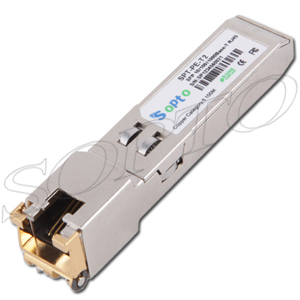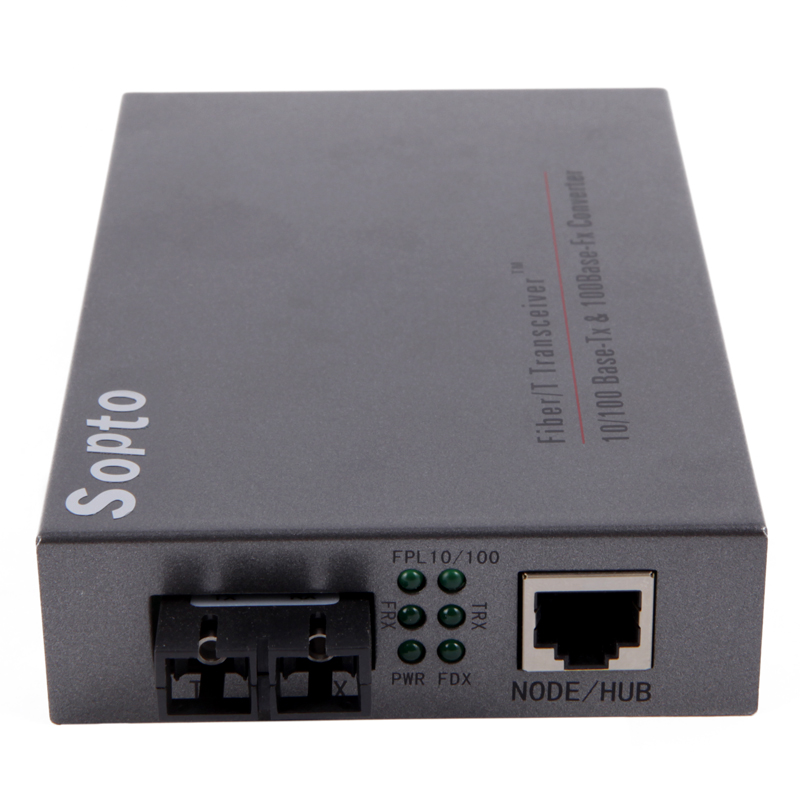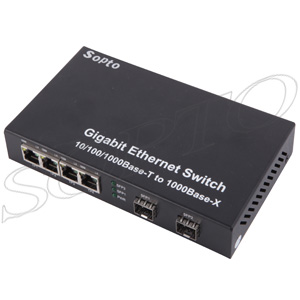- Fiber Optic Transceiver Module
- High Speed Cable
- Fiber Optical Cable
- Fiber Optical Patch Cords
- Splitter CWDM DWDM
- PON Solution
- FTTH Box ODF Closure
- PCI-E Network Card
- Network Cables
- Fiber Optical Adapter
- Fiber Optical Attenuator
- Fiber Media Converter
- PDH Multiplexers
- Protocol Converter
- Digital Video Multiplexer
- Fiber Optical Tools
- Compatible
- Can SFP+120KM be available? ...
- Why the price has so huge di...
- Can XFP transceiver modules ...
- Must optical fiber jumper be...
- Is there a module which can ...
- Can different brands SFP tra...
- How long will you change you...
- The difference between DDM S...
- Comparison of EPON and GPON
- Should we use 3rd party’s ...
- How to make differences betw...
- What is Drop Cable?
- Comparison of CWDM and DWDM ...
- GEPON Technology
- Differences of OM1, OM2, OM3...
- What is the armored fiber op...
- What is DAC cable?
- How to Choose A Right Fusion...
- Why Using a Compatible SFP O...
- Optical fiber transmission l...

Differences of 10BASE-T, 100BASE-T and 1000BASE-T, Features, Related Products
Definition - what does “10, 100, and 1000”, “BASE” and “T” mean?
The "10" "100" "1000" in the media type designation refers to the transmission speed of 10,100, 1000 Mbps, they represents the frequency in MHz (Mega HertZ) for which this cable is made. They represent for 10MHz, 100 MHz, and 1000 MHz. The greater the MHz, the greater speeds the cable can handle.
The "BASE" refers to baseband signaling, which means that only Ethernet signals are carried on the medium. (Through repeaters, media segments of different physical types can be sometimes be used in the same system.) The "T" refers to "Twisted Pair" physical medium that carries the signal. This shows the structure of the cable and tells us it contains pairs which are twisted.
10BASE-T:
10BASE-T is the IEEE standard that defines the requirement for sending information at 10 Mbps on unshielded twisted-pair cabling, and defines various aspects of running Ethernet on this cabling.
10BASE-T is a type of standard for implementing Ethernet networks. 10BaseT is the most popular form of 10-Mbps Ethernet, using unshielded twisted-pair (UTP) cabling for connecting stations, and using hubs to form a network. 10BaseT supports a maximum bandwidth of 10 Mbps, but in actual networks, the presence of collisions reduces this to more like 4 to 6 Mbps. 10BaseT is based on the 802.3 specifications of Project 802 developed by the Institute of Electrical and Electronic Engineers (IEEE).
100BASE-T:
100BASE-T is the IEEE standard that defines the requirement for sending information at 100 Mbps on unshielded twisted-pair cabling, and defines various aspects of running baseband Ethernet on this cabling.
10Base-T was the first vendor-independent standard implementation of Ethernet on twisted pair wiring. The currently most commonly used form of Ethernet is 100Base-T, also referred to as fast Ethernet, 100BASE-T is an enhanced form of Ethernet 10BASE-T and a network standard used for fast data transfer rates up to 100 Mbps. 100BASE-T is 10 times faster than standard Ethernet and, like standard Ethernet, it follows the Carrier Sense Multiple Access/Collision Detection (CSMA/CD) technique to avoid collision.
1000BASE-T:
1000BASE-T (also called gigabit Ethernet) is the IEEE standard that defines the requirement for sending information at 1000 Mbps on unshielded twisted-pair cabling, and defines various aspects of running baseband Ethernet on this cabling.
1000BASE-T is Gigabit Ethernet (1 gigabit is 1000 megabits per second) on copper cables, using four pairs of Category 5 unshielded twisted pair to achieve the gigabit data rate. 1000BASE-T can be used in data centers for server switching, for uplinks from desktop computer switches, or directly to the desktop for broadband applications. A big advantage of 1000BASE-T is that existing copper cabling can be used instead of having to rewire with optical fiber.
| Informal name | Common name | Formal IEEE name | Speed | Cable and Max Length | Suitable Cable |
| 10 BASE-T | Ethernet | 802.3 | 10Mbps | Copper,100 m | category3, 5 |
| 100 BASE-T | Fast Ethernet | 802.3u | 100Mbps | Copper,100m | Category5 |
| 1000BASE-T | Gig Ethernet | 802.3z | 1000Mbps | Fiber,5000m | Category5e |
| 1000BASE-T Copper SFP Transceiver | |
SPT-PE-T1 | SPT-PE-T2 |
| Fiber Media Converter | |
| SPM-ET435-N20S | SPM-EV14T453-N20S |
Tag: Fast Media Converter, 1000BASE-T Copper SFP Transceiver






